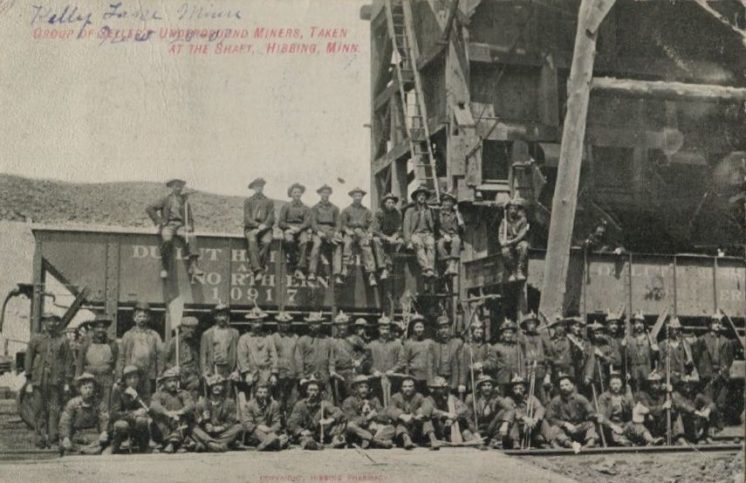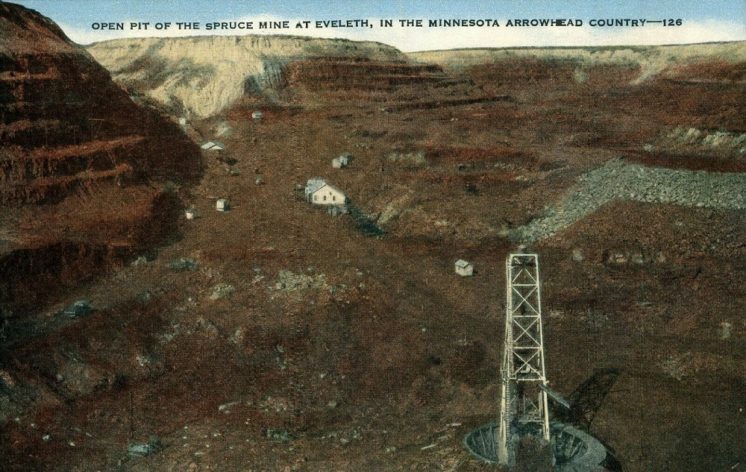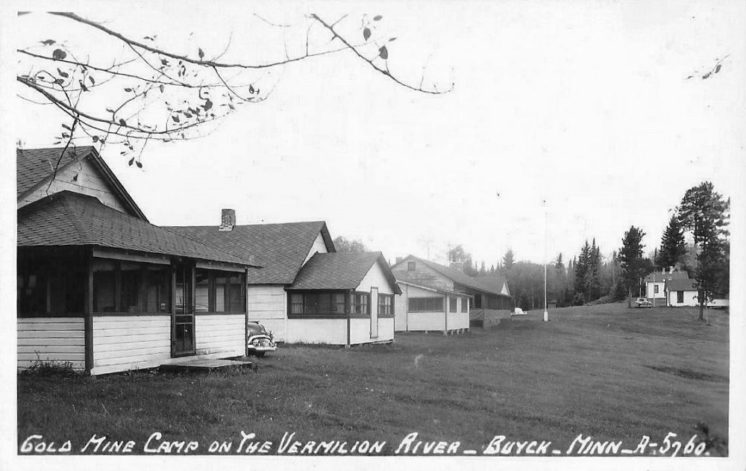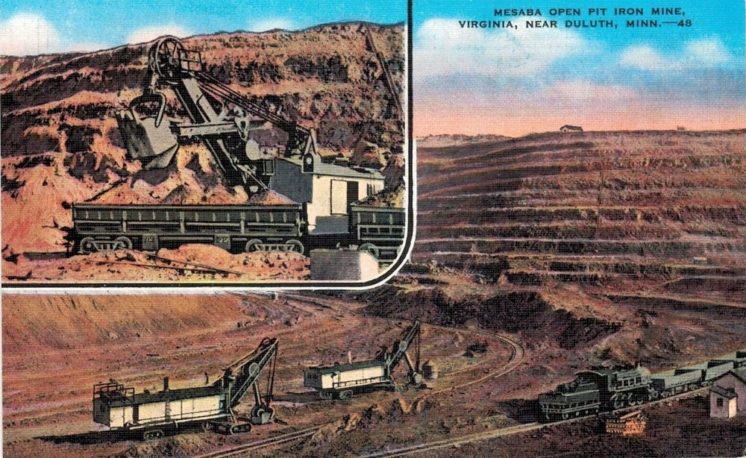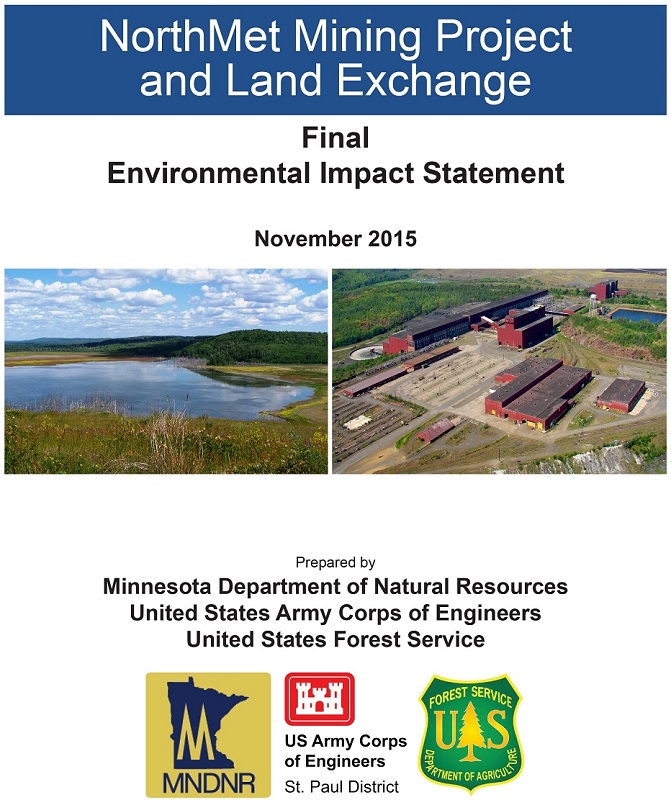 The Minnesota Department of Natural Resources, U.S. Army Corps of Engineers and U.S. Forest Service have released the final environmental analysis of Minnesota’s first proposed copper-nickel mine. It’s 3,576 pages long. Click here for an overview on the DNR website and to find links to download the full 263 MB of wholesome review process. A 30-day public review period begins Nov. 13 and ends
The Minnesota Department of Natural Resources, U.S. Army Corps of Engineers and U.S. Forest Service have released the final environmental analysis of Minnesota’s first proposed copper-nickel mine. It’s 3,576 pages long. Click here for an overview on the DNR website and to find links to download the full 263 MB of wholesome review process. A 30-day public review period begins Nov. 13 and ends Dec. 14. Update: Deadline for submitting comments has been extended to Dec. 21.
PolyMet proposes to develop an open-pit mine and processing facilities for the extraction of copper, nickel and platinum elements, with an estimated 20-year lifespan for mine operations. The proposed mine would be located in the St. Louis River watershed on the eastern edge of the Mesabi Iron Range, about 6 miles south of Babbitt and about 1 mile south of the existing iron-ore Northshore Mine. Processing of the ore would take place at a former industrial site, the LTV steel plant in Hoyt Lakes.


